KITCHEN CABINETRY DESIGN 101
When it comes to designing your dream kitchen, the cabinets you choose shape the aesthetics and functionality of your kitchen. Ideally, the cabinets you choose should have practical storage functionality, but also act as a visual anchor for the room’s décor and design; I’ll take you through the basics of selecting cabinets that will meet this criteria to bring together modern and traditional design elements.
I’ll start with a few quick tips to set the tone for basic kitchen cabinet design.
Kitchen Cabinet Design Tips
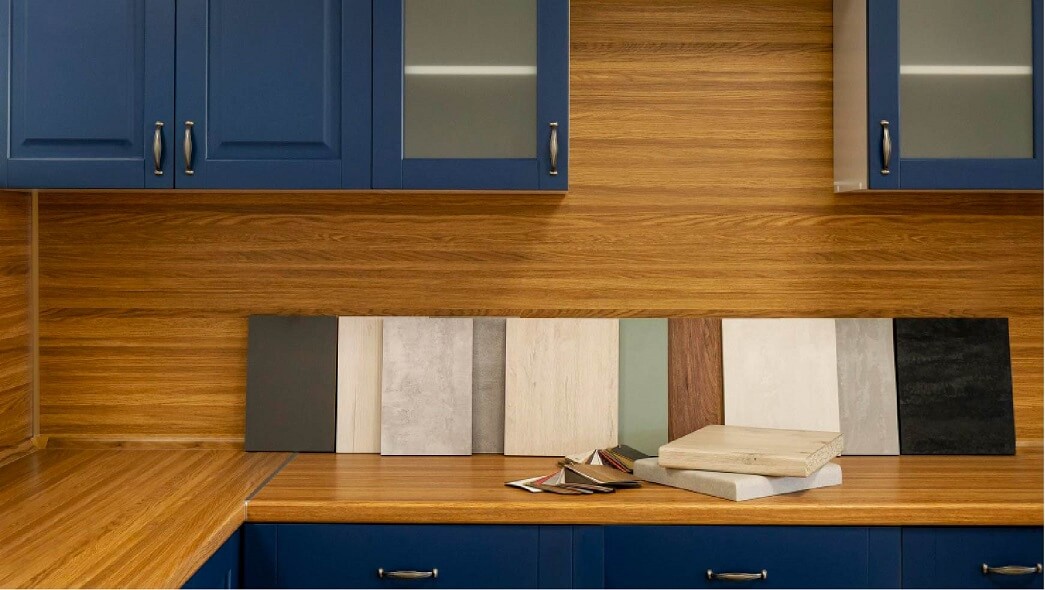
Here’s some layout basics before we jump into discussing cabinetry.
- The basics of kitchen design come down to layout, so before moving on, be sure you’re familiar with the “kitchen triangle“. This is a key kitchen layout that revolves around efficiency when cooking, and sets the stage for an effective use of space; your fridge, stovetop and sink. Elements should be placed in a triangular formation so they’re easy to move between while preparing meals.
- Take into account practical details like the height and depth of your cabinets to ensure they meet your storage needs.
- Consider incorporating a mix of open and closed cabinets for variety and interest.
- Think about the inside of your cabinets as well. Add-ons like pull-out shelves or spice racks can significantly increase your storage efficiency. Don’t neglect the potential of corner cabinets – innovative solutions like a Lazy Susan can optimize these typically underutilized spaces.
- Consider the style and color that will complement the overall design of your kitchen. Light-colored cabinets can make a small kitchen appear larger, while dark cabinets can add depth and richness to a larger kitchen.
- Invest in quality hardware which not only adds to your décor but also ensures durability over time.
- Evaluate the material and finish of the cabinets. Different materials, like solid wood or laminate, have unique looks and durability. Similarly, the finish can greatly impact the overall aesthetics of your kitchen.
- Ensure your chosen design aligns with your budget. While custom cabinets offer the most flexibility in design, they can be costly. Semi-custom or stock cabinets can be more affordable and still offer a range of design options. If you’re on a tight budget you could even do a little research to seek out a set of used cabinets.
Remember, the kitchen is the heart of the home, so your cabinet design should reflect both your personal style and lifestyle needs.
Incorporating Zones in Kitchen Cabinet Design
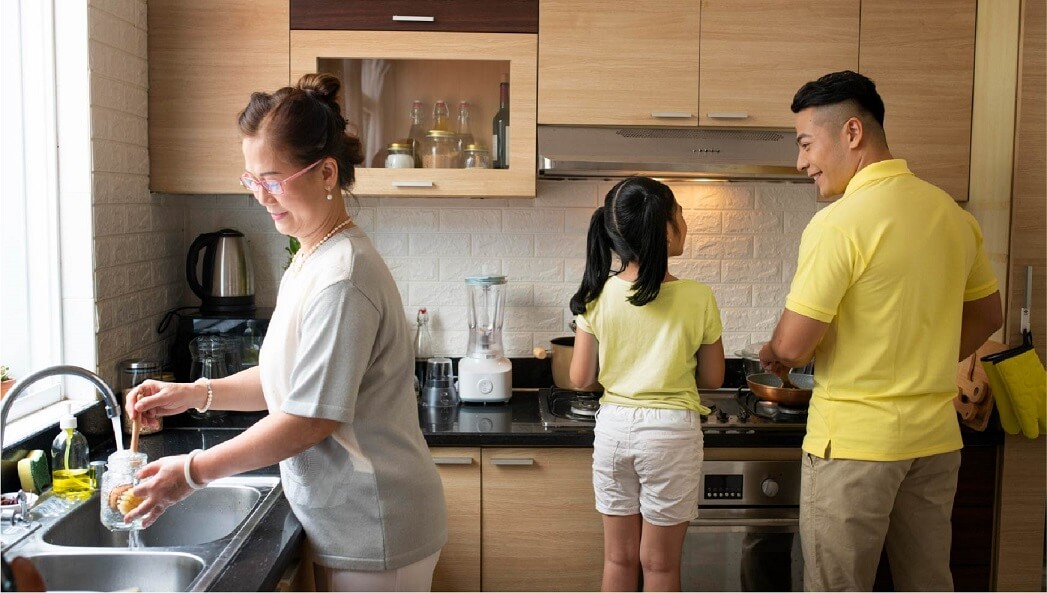
Designing your kitchen with different zones in mind is a strategic approach that enhances functionality and workflow efficiency. A zoned kitchen cabinet design divides the kitchen into various areas — each assigned with a specific task such as prep zone, cooking zone, cleaning zone, storage zone, and dining zone.
In the prep zone, your cabinets could be designed to store cutting boards, knives, mixing bowls, or small appliances.
The cooking zone would ideally have cabinets for pots, pans, baking sheets, and other cooking utensils within easy reach of your oven or stovetop.
In the cleaning zone, the cabinet design could accommodate dishware, silverware, and cleaning supplies close to the dishwasher or sink.
The storage zone might feature pantry-style cabinets for your food items, while the dining zone cabinet could hold plates, glasses, and other serving utensils.
Creating varied kitchen zones using cabinets not only maximizes storage space but also provides a smoother cooking and cleaning experience. It ensures everything has a designated place, reducing clutter and making the kitchen a more enjoyable space to work in.
Kitchen Layout Basics
The layout of a kitchen is a crucial factor in cabinet design as it determines how space will be utilized, ensuring efficiency and comfort in the kitchen. Think of it as your roadmap. It guides you through the placement and orientation of cabinets, appliances, and other kitchen elements.
The most popular kitchen layouts include the one-wall, galley, L-shape, U-shape, and island layouts. Their importance lies in their ability to streamline the workflow, reducing the distances between different work zones and saving time and energy when you’re cooking and cleaning.
Here’s a quick breakdown of the most popular kitchen layouts:
L-Layout
In an L-shaped kitchen, cabinets are placed along two perpendicular walls, forming an “L.” This layout is known for giving you a continuous counter and cabinet space, making it a good choice for corner cabinets and maximizing storage. The L-layout is conducive to open kitchen design as it offers flexibility in organizing your kitchen zones.
Galley Layout
Galley kitchens, have two parallel countertops/cabinet walls. This layout requires efficient use of vertical cabinet space. The design should focus on maximizing storage within the limited width. Creative storage solutions like pull-out drawers and built-in racks work well to increase functionality within this layout.
One-Wall Layout
In a one-wall kitchen, all cabinets, appliances, and workspaces are placed on one wall. Cabinet design in this layout requires you to be a little creative to take advantage of space. Floating shelves or overhead cabinets can be a great way to increase storage without sacrificing floor space.
Horseshoe Layout
This modern hybrid kitchen layout called the horseshoe or U-shaped kitchen offers cabinets on three walls, giving you a ton of storage. The design should needs to have a smooth flow between different zones. Adding corner solutions like Lazy Susans or pull-out corner drawers can optimize the use of space in this layout.
Peninsula Layout
A peninsula kitchen is another hybrid kitchen layout. It’s basically an L-shaped or a U-shaped kitchen with an added island-like structure that is connected to the rest of the kitchen. The peninsula itself presents additional cabinet and storage possibilities. The design should focus on maintaining the open feel while maximizing storage.
When it comes to kitchen layouts, there are endless proven layout types to choose from. Each of them comes with its own sets of pros and cons. Established kitchen layouts give you a firm foundation to consider how your kitchen should be designed, based on your needs, décor style, and the way you work in your kitchen.
Cabinet Design: Modern + Traditional
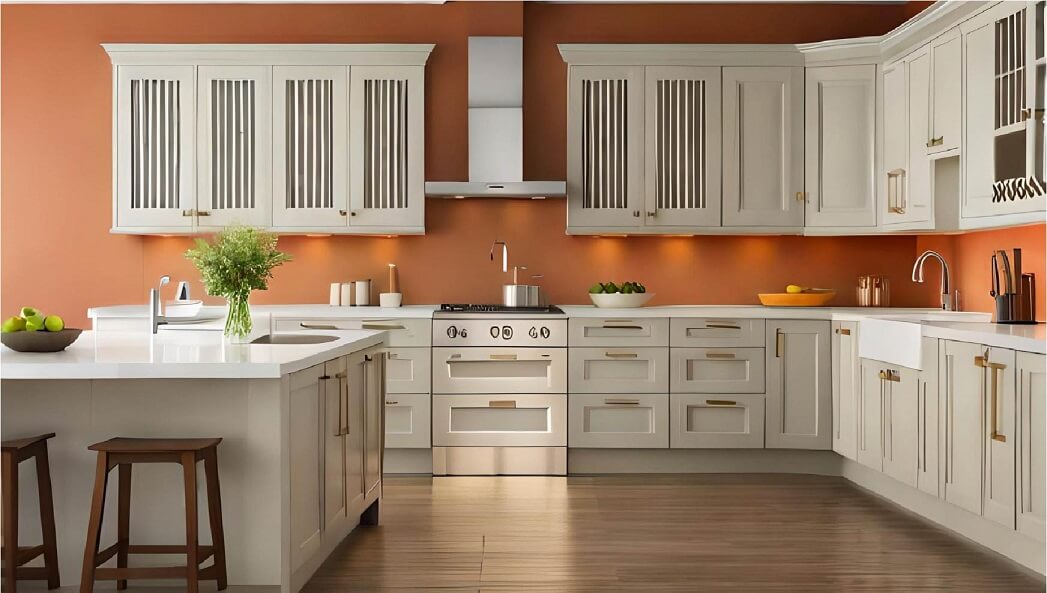
In the realm of kitchen cabinet design, the blend of modern and traditional elements has emerged as a popular trend.
A balance between the timeless allure of classic elements and the sleek simplicity of contemporary design can create an appealing harmony in your kitchen. For example, the combination of oak and fluted glass. The organic, warm texture of oak paired with the intricate pattern of fluted glass can lend a sense of inviting elegance to your kitchen. Extending these design elements to the kitchen hood can create a cohesive look. Alternate cabinet styles, such as open shelves, plate racks, or glass-front cabinets, can introduce diversity in your design, making your kitchen all the more unique and personalized.
Let’s take a practical look at how this can work with your existing cabinetry:
How to Modernize Traditional Cabinets
Transforming traditional kitchen cabinets into a modern design requires a balance of maintaining the old charm while incorporating contemporary elements. Here’s some design tips:
Color Update:
The easiest way to modernize your kitchen cabinets is by updating the color. Traditional cabinets often feature dark or natural wood tones. Painting them in a light color like white, cream, or light gray creates a fresh, modern look. Use high-gloss paint for a more contemporary finish.
Hardware Replacement:
Replace old, ornate hardware with simple, sleek options. Opt for brushed nickel, chrome, or matte black finishes for a modern feel.
Open Shelving:
Replace some upper cabinets with open shelves. This offers a minimalist, airy look that’s characteristic of modern kitchens. Be mindful of what you display on these shelves – stick to a minimal color palette and few items.
Glass Fronts:
Consider replacing solid cabinet doors with glass fronts. This can help create a sense of space and modernity. For a unique touch, consider using frosted or patterned glass.
Under-Cabinet Lighting:
Add under-cabinet lighting. Not only does this add functionality, but the soft glow also adds a modern ambiance to your kitchen.
Remember, modernizing doesn’t mean eliminating all traditional aspects. The goal is to create a harmonious blend that respects your home’s history while reflecting your contemporary tastes.
Now that you have a basic understanding of how kitchen design in conjunction with your cabinets work, let’s get into the practical aspects of cabinet designing:
Kitchen Cabinet Ideas for a Stunning Kitchen
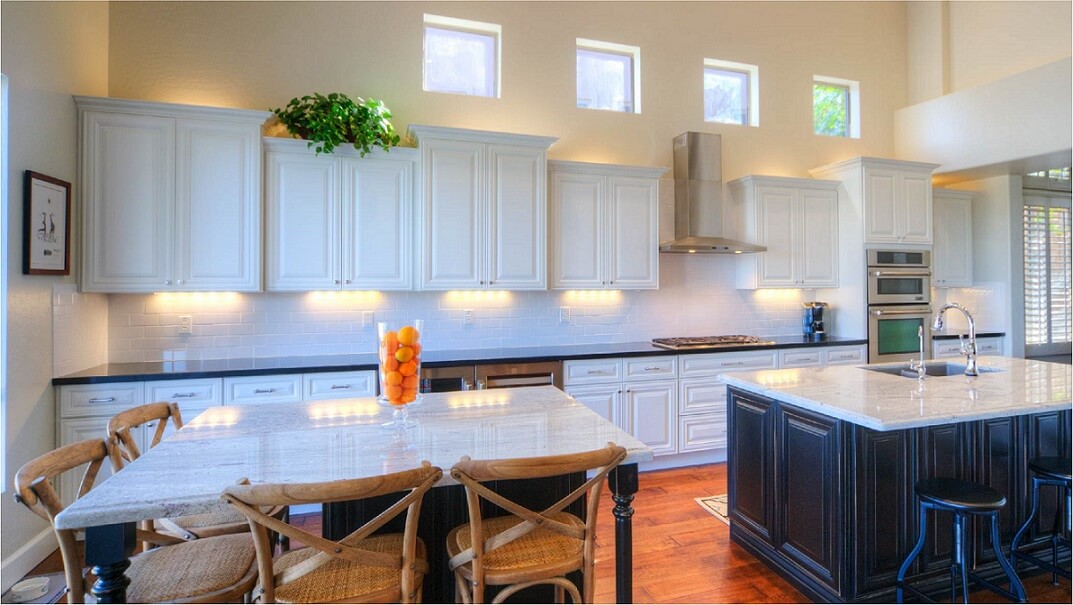
In this section, I’ve searched out some of current trends in cabinet design and collaborated a few of my favorites.
- A popular design approach is the cottage style, combining simple elegance with a touch of sophistication. This style often utilizes painted cabinets, typically in pale hues, to create a bright, inviting atmosphere.
- On the other hand, the allure of the ‘California cool’ style lies in its relaxed, beachy vibes, brought to life with light wood cabinets and open shelving. Attention to detail can make a significant difference in cabinet design; ornate knobs or intricate carving can add a luxurious touch to your cabinets. If bold and modern is more to your taste, consider black cabinets adorned with gold hardware, a design choice that can make a striking visual impact.
- Two-tone kitchen cabinets, where upper and lower cabinets are painted in contrasting colors, can add a dynamic, contemporary aesthetic to your kitchen. It also provides an opportunity to play with colors and create a striking contrast.
- Minimalistic design, with its clean lines and lack of ornate detailing, is also witnessing growing preference among homeowners.
- Floor-to-ceiling cabinetry is one such trend that optimizes storage space while delivering a clean, uncluttered look.
- The use of unconventional materials like metal and glass for cabinets is also on the rise, offering a unique, modern aesthetic. The incorporation of eco-friendly materials in cabinet design, driven by growing environmental consciousness, is another significant trend.
- The concept of ‘hidden’ or ‘disappearing’ kitchens, where cabinets and appliances blend seamlessly with the rest of the living space, is becoming increasingly popular for its minimalist and space-saving appeal.
Most Popular Trends in Cabinet Design
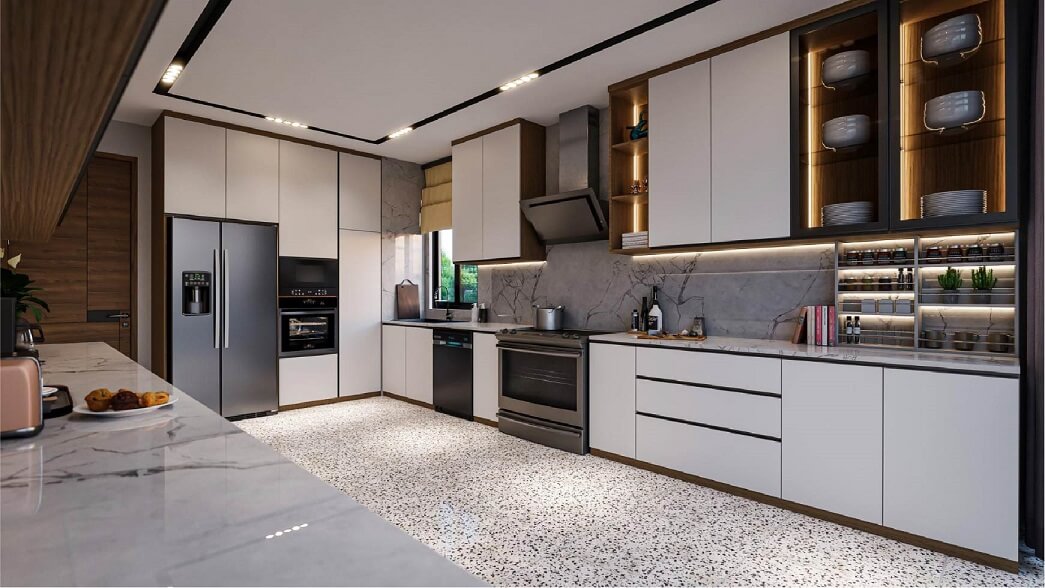
- Colorful Cabinets: Moving away from the traditional white and wood finishes, colorful kitchen cabinets are becoming increasingly popular, with homeowners experimenting with shades like green, blue and even pink. Infuse energy and personality into your kitchen by incorporating bold colors into your cabinet design. Whether it’s a vibrant red, a soothing blue, or an earthy green, a splash of color can make your kitchen stand out. Remember, the key is to balance bold cabinets with neutral walls and countertops to avoid overwhelming the space.
- Two-Tone Cabinets: The trend of two-tone cabinets continues to gain momentum, with the combination of different colors on upper and lower cabinets or the kitchen island providing a unique, modern aesthetic.
- Open Shelves: Open shelving is another trend on the rise, offering a minimalist, airy look and easy accessibility. Open shelving breathes life into your kitchen by creating a spacious and accessible environment. It allows you to display your favorite dishes, cookbooks, or decorative items, making your kitchen uniquely yours. When utilized correctly, open shelves can transform the aesthetics of your kitchen, steering it towards a more modern and stylish outlook.
- Flat-Front Cabinets: This trend leans towards modern and contemporary design, characterized by clean lines and a sleek, smooth finish.
- Built-In Appliances: More homeowners are opting for cabinets that can seamlessly integrate appliances, giving their kitchen a cleaner, more streamlined look.
- Eco-friendly Cabinets: As environmental awareness grows, there’s a growing demand for cabinets made of sustainable materials or those that minimize environmental impact.
- Smart Cabinets: With technology becoming an integral part of our lives, smart cabinets equipped with integrated charging stations, touch-to-open doors, and other tech-friendly features are gaining popularity.
- Under-Cabinet Lighting: This functional trend adds a modern ambiance to the kitchen and enhances the workspace visibility.
- Floating Shelves: Floating shelves offer a blend of open design and storage functionality, adding a touch of modern minimalism to the kitchen.
- Glass Cabinet Doors: Glass fronts, whether clear, frothed or patterned, introduce a sense of space, light, and elegance to the kitchen. These cabinets are a perfect blend of functionality and elegance. They offer a convenient platform to showcase your dishware, while also adding an element of sophistication to your kitchen. Opting for frosted or tinted glass can maintain a level of privacy, whereas clear glass doors can create an open, airy feel.
- Mix of Upper, Lower, and Full-Length Cabinets for Visual Interest: Creating a mix of upper, lower, and full-length cabinets is an innovative way to add visual interest to your kitchen. This approach not only enhances the design aspect, but it also maximizes storage space. Full-length cabinets are ideal for storing larger items, while upper and lower cabinets can accommodate everyday essentials. Combining these elements can result in a kitchen that is both stylish and practical.
Remember, trends should serve as inspiration rather than strict guidelines. It’s crucial to choose a design that resonates with your personal style and fits the specific needs of your kitchen. Your kitchen should be designed to work with you, not the other way around.
Functionality
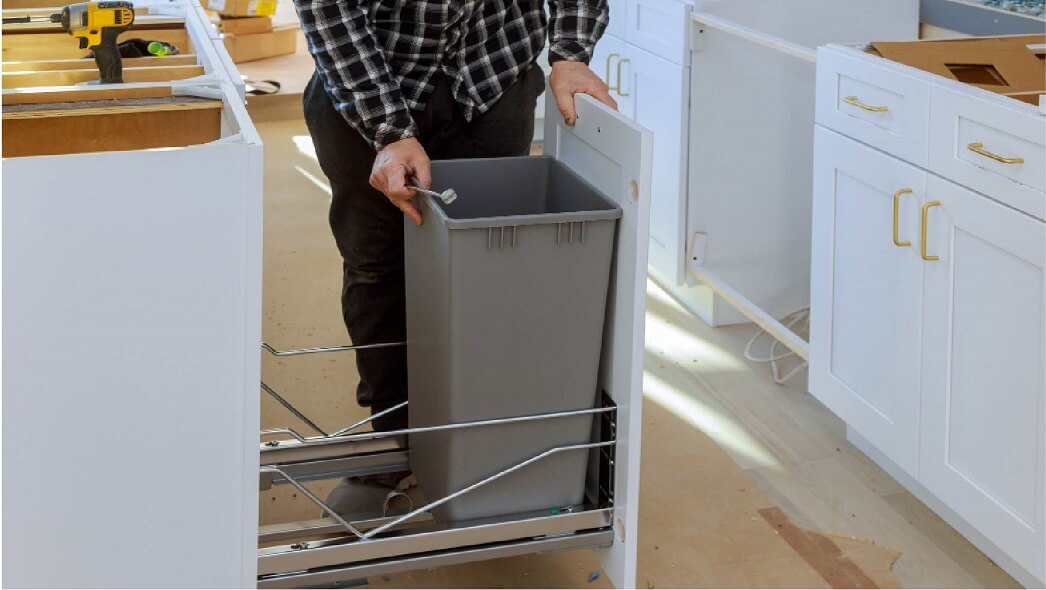
While the visual appeal of kitchen cabinets is key, their functionality must be considered. After all, a good looking kitchen that doesn’t live up to its purpose is ultimately a kitchen design failure.
A well-planned cabinet layout will help create the different zones we talked about earlier for cooking, cleaning, and storage, maximizing efficiency. The face frame of the cabinet plays a vital role in the cabinet’s durability and stability. A kitchen island, with its multiple storage options and additional counter space, will increase the functionality of your kitchen.
Storage space and its placement is a key aspect of a functional kitchen.
Consider Your Storage Needs:
Think about what you need to store in your cabinets.
Do you have large pots and pans?
Do you need a place for small appliances?
Tailor your cabinet design to accommodate these items. For instance, deep pull-out drawers are great for storing larger cookware, while narrow pull-out cabinets are perfect for storing baking sheets or cutting boards.
Here are storage cabinet design features to consider:
- Lazy Susans: A classic storage solution, Lazy Susans provide easy access to items stored in the back of corner cabinets. They are available in varying sizes to fit different cabinet dimensions.
- Slide-Out Trash Bins: These help keep your kitchen clean and clutter-free by hiding your waste bins inside a cabinet. They typically come with a handle to slide the bin out when needed.
- Slide-Out Organizers: These are perfect for optimizing space and maintaining order inside your cabinets. They make it easy to access your items without having to reach into the back of a cabinet.
- Spice Rack Pull-Outs: Designed to fit narrow spaces, these allow you to easily access all your spices without rummaging through your cabinets.
- Deep Drawer Organizers: These are perfect for storing pots, pans, and lids in an orderly manner, making them easy to find and retrieve.
- Vertical Tray Dividers: Ideal for storing baking sheets, cutting boards, and serving trays upright, these help to conserve space and keep your kitchen organized.
- Under-Cabinet Wine Racks: These are a great way to utilize unused space while providing a stylish home for your wine bottles.
- Appliance Lifts: These are a great solution for heavy small appliances like mixers, allowing you to easily lift and store them when not in use.
When it comes to the practical aspects of kitchen cabinet design and storage, your budget can’t overlooked. You’ll need to decide if it is cheaper to build or buy kitchen cabinets based on your vision and your specific needs and skillset. Instead of purchasing new custom or simi-custom cabinets you may decide to explore more cost effective options like like RTA (Ready-to-Assemble) cabinets, repurposing used cabinets, or even refacing your existing ones.
Now, let’s put your knowledge of cabinet design to work.
Below are some of the best free and paid tools to help you begin designing the kitchen of your dreams right from your own desktop computer.
Cabinet Kitchen Design Tools
Even with the basic understanding of kitchen cabinet design, the choices are overwhelming when it comes to selecting the right style and cabinetry type for you kitchen. Online visualizers will help you take what you’ve learned in this article and put it to work.
Here are some of the best online kitchen design software and visualizer tools:
Home Hardware Kitchen Design Software
Home Hardware offers a free kitchen design software that enables you to create your own kitchen design. The software includes a number of templates and allows you to add and change elements such as cabinets, flooring, and countertops, providing a comprehensive visual of your future kitchen.
Lowe’s Virtual Room Designer
With Lowe’s Virtual Room Designer, you can reinvent your kitchen from scratch or work with predefined templates. Its easy-to-use interface allows you to experiment with different kitchen cabinet styles, colors, and finishes.
IKEA Kitchen Planner
This software offers an extensive range of IKEA kitchen cabinets and appliances for you to explore. It’s an excellent tool for visualizing IKEA products in your kitchen and planning the layout according to your needs.
ProKitchen Software
If you’re looking for professional-grade software, ProKitchen is your go-to. While it’s a paid tool, it offers a comprehensive suite of design options for kitchen cabinets, including an extensive catalog of cabinet styles and a 3D rendering feature.
RoomSketcher
RoomSketcher is a user-friendly online tool that lets you create 2D and 3D floor plans, perfect for designing your kitchen layout. You can test out different types of cabinets, finishes, and placements, helping you to visualize your kitchen cabinet design in the most realistic way possible.
Each of these tools offers there own set of features but at the end of the day the all allow you to put your creativity to work and render a tangible layout to review with your spouse, designer, contractor, etc. Just keep in mind, the key to successful kitchen cabinet design is a blend of functionality, aesthetics, and personal style. Consider all your storage needs, prioritize your personal style, and make use of the fantastic design tools available to visualize your ideal kitchen. I hope this guide and the relevant links to our other design resources has given you a solid foundation for creating the kitchen you’ve always dreamed about. If you have any questions, or want a little help getting started designing your dream kitchen, feel free to contact me directly, Jeff Hunt, owner of Hunt’s Kitchen & Design.

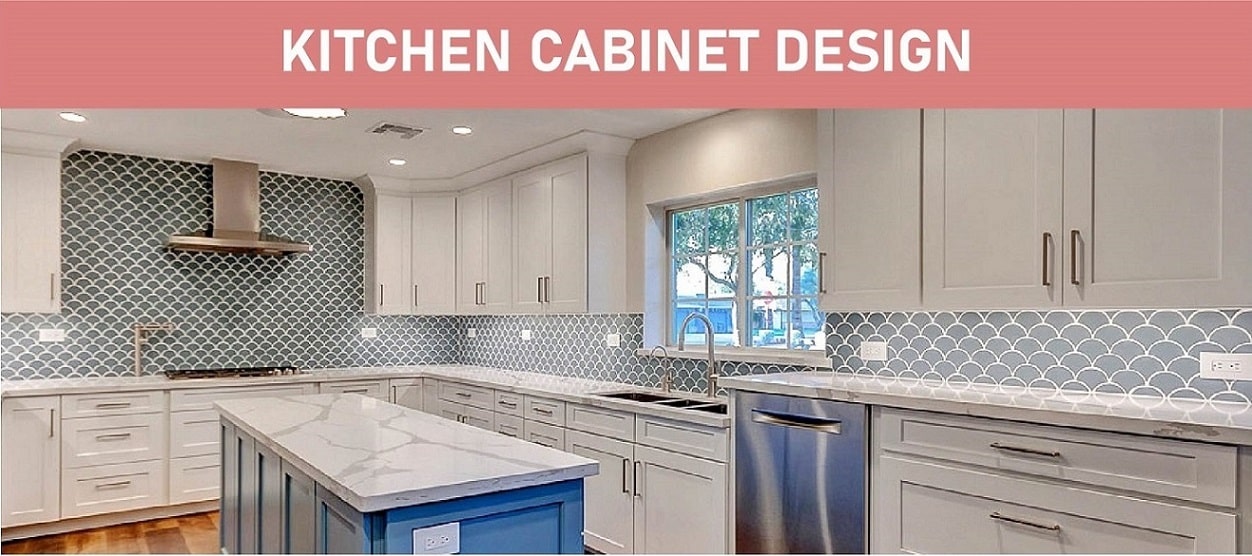
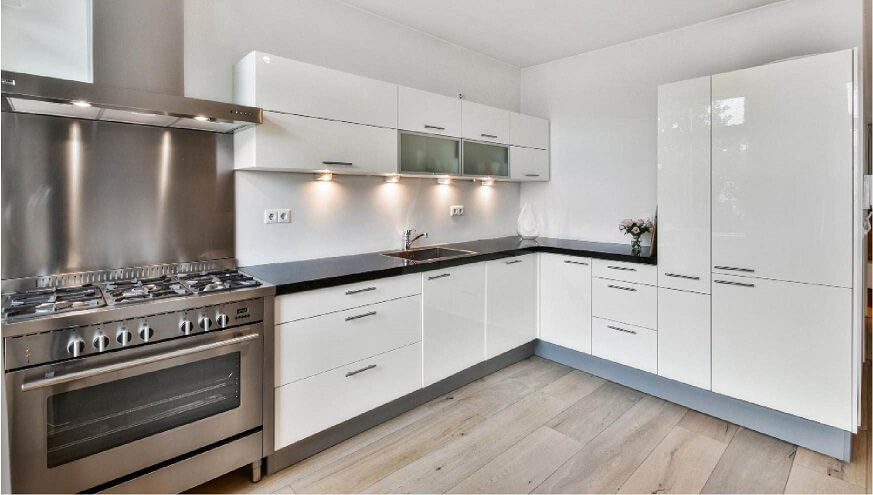
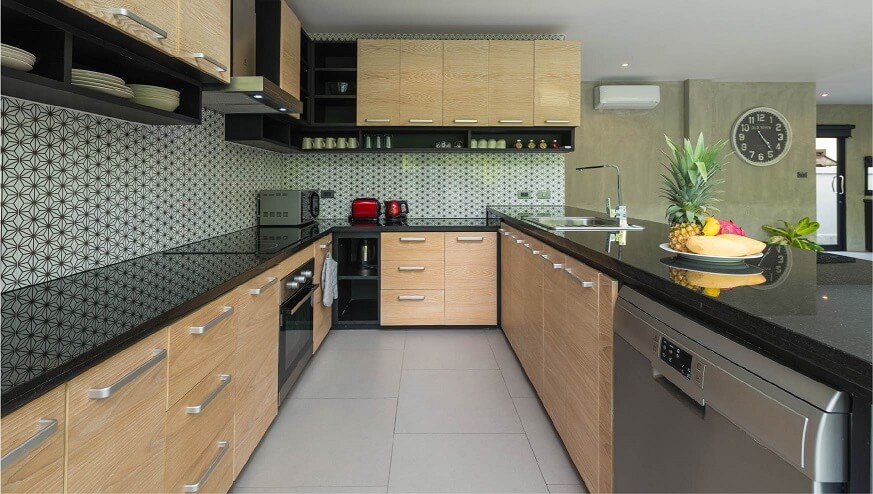
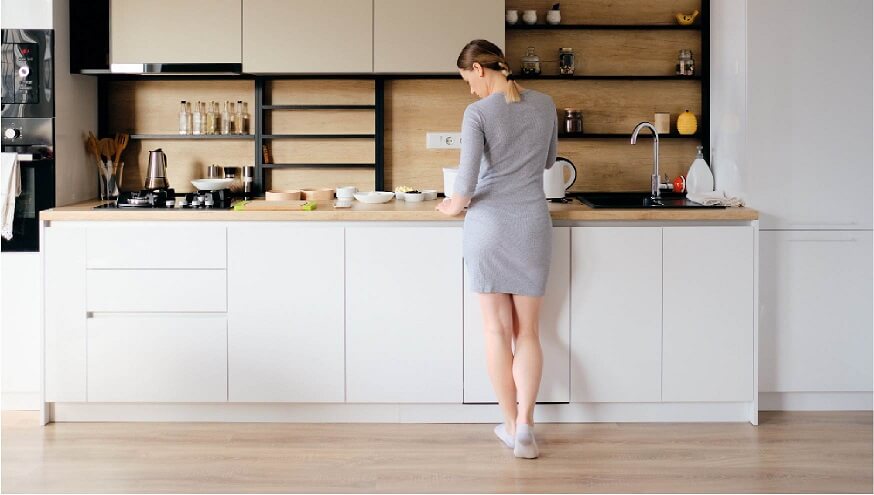
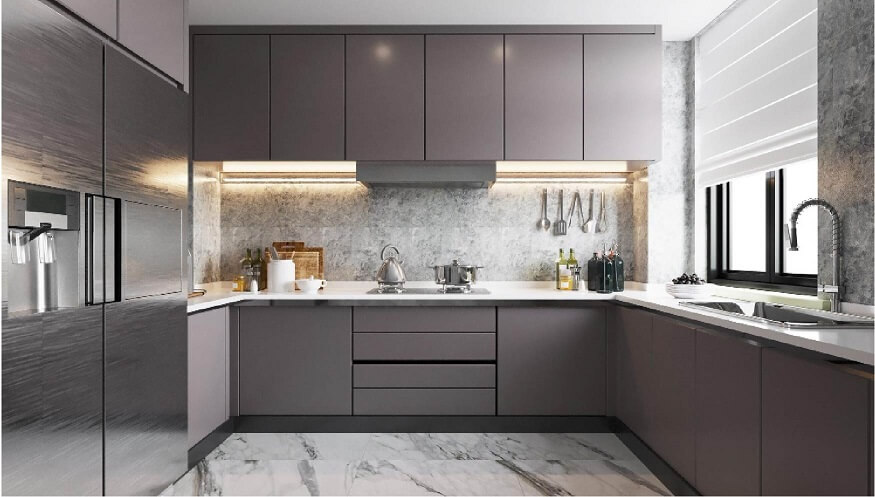
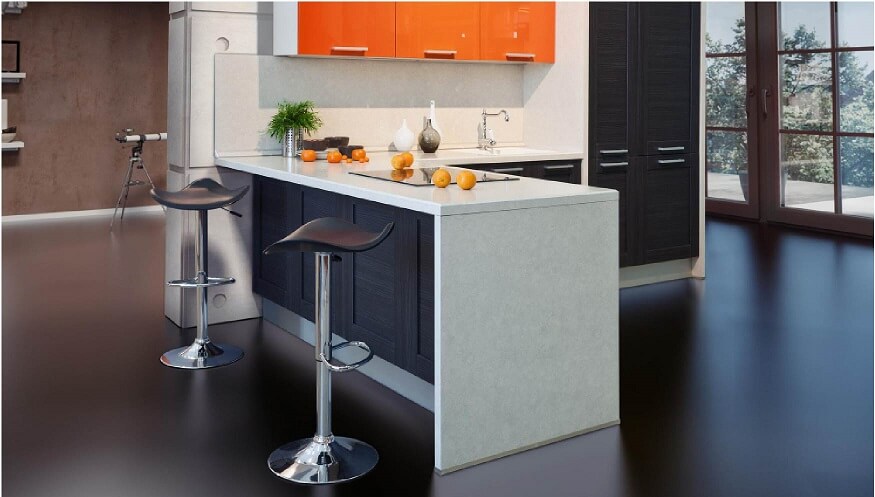

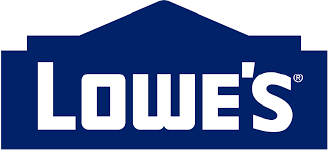
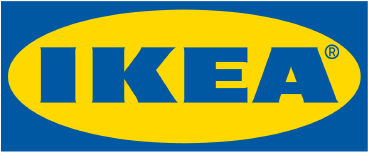


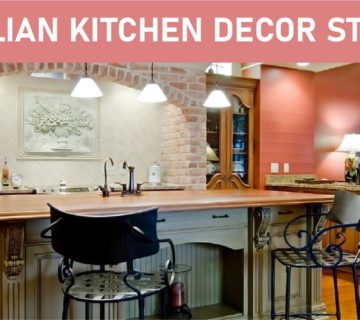
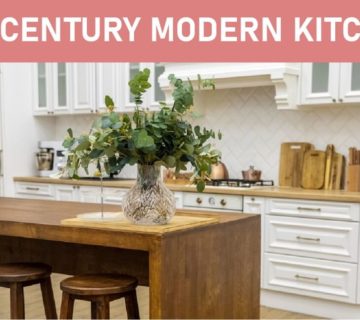
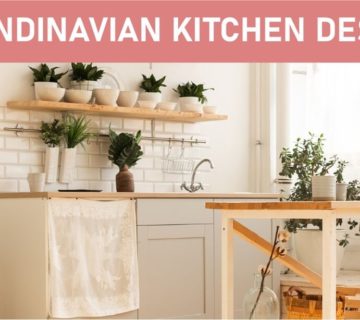
No comment